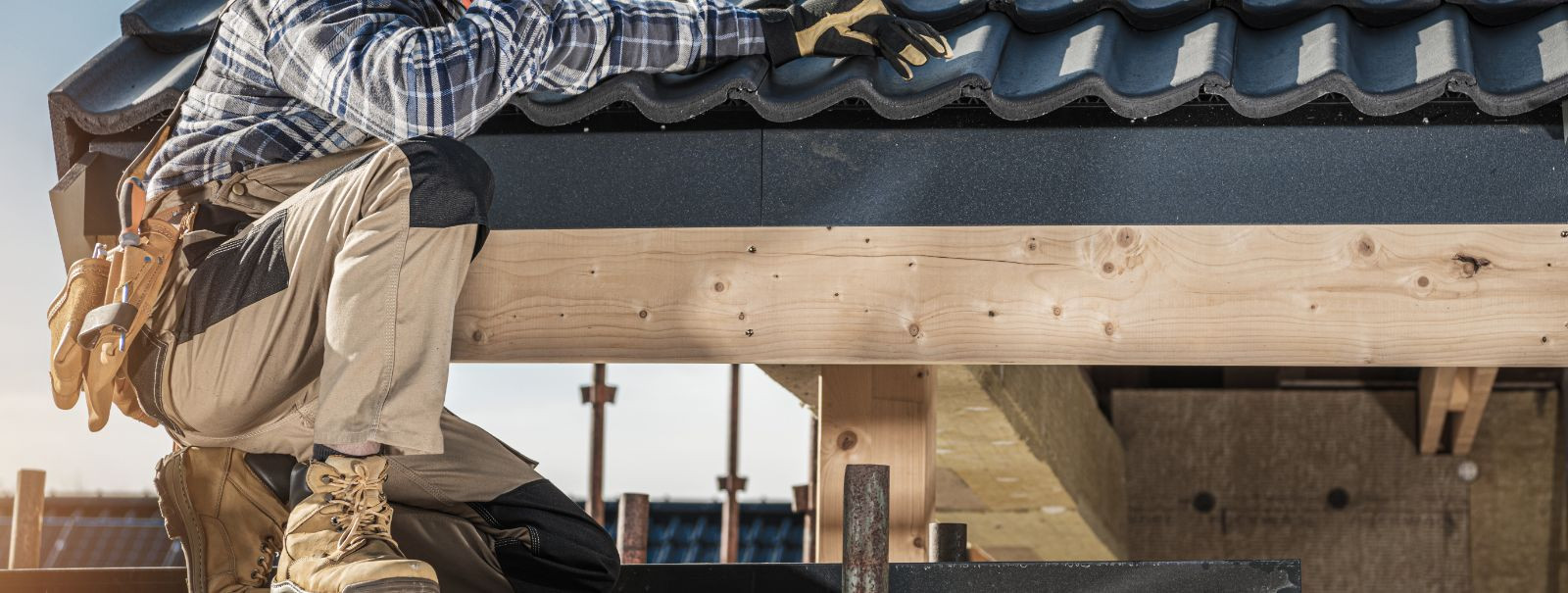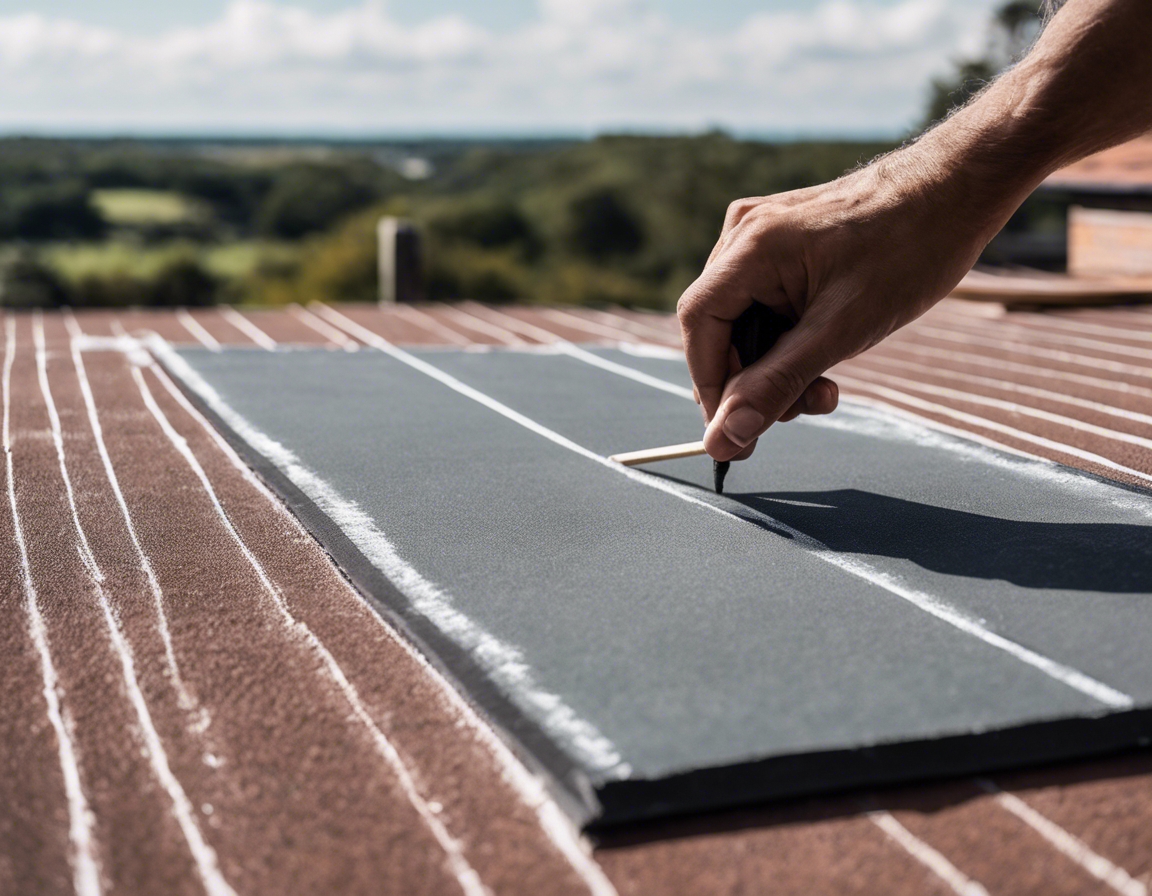The ultimate guide to choosing your new roof
Choosing the right roof for your home or building is a critical decision that affects not only the aesthetics of your property but also its durability, energy efficiency, and value. A well-chosen roof protects your home from the elements, enhances its curb appeal, and can even reduce energy costs.
When selecting a roof, there are several factors to consider, including material, style, color, durability, maintenance, cost, and installation. Each of these elements plays a significant role in finding the perfect roofing solution for your needs.
Types of Roofing Materials
Asphalt shingles are the most popular roofing material due to their cost-effectiveness, ease of installation, and variety of styles and colors. They are suitable for most residential applications and offer a good balance between durability and affordability.
Metal roofing is known for its longevity, durability, and energy efficiency. It can withstand extreme weather conditions and is available in various styles that mimic traditional roofing materials.
Clay and concrete tiles are favored for their aesthetic appeal and longevity. They are especially suitable for homes with a Spanish or Mediterranean design and can last for decades with proper maintenance.
Wood shakes and shingles offer a natural look and are often chosen for their beauty and traditional appeal. They require more maintenance than other materials but can provide unique character to a home.
Slate roofing is one of the most durable and long-lasting materials available. It is also one of the most expensive, but its natural beauty and longevity may justify the investment for some homeowners.
Green roofing, including living roofs and solar tiles, is an environmentally friendly choice that can improve insulation, reduce urban heat islands, and even provide a habitat for wildlife.
Understanding Roofing Components
The roof decking is the foundation upon which all other roofing materials are applied. It must be strong and stable to support the weight of the roof.
The underlayment is a layer of material placed between the roof decking and the shingles or tiles to provide an additional barrier against water penetration.
Flashing is used to direct water away from critical areas of the roof, such as chimneys, vents, and where the roof meets a wall.
Proper ventilation and insulation are crucial for maintaining a comfortable temperature in your home and preventing issues like ice dams and condensation.
Architectural Considerations
The slope and shape of your roof can influence which materials are suitable and how water is channeled away from your home.
It's important to choose a roofing material and color that complements the architectural style of your home and blends with the surrounding environment.
Consider the local climate and environmental conditions when choosing your roofing material. Some materials are better suited for cold, snowy climates, while others are ideal for hot, sunny regions.
Cost and Longevity
While some roofing materials may have a higher upfront cost, they can offer greater long-term value due to their durability and lower maintenance requirements.
The lifespan of roofing materials varies widely, from about 20 years for asphalt shingles to over 100 years for slate. Consider how long you plan to stay in your home when making your choice.
Some roofing materials require more maintenance than others. Be sure to factor in the time and cost of upkeep when making your decision.
Installation and Workmanship
Selecting a skilled and experienced contractor is essential for ensuring that your roof is installed correctly and will last for its intended lifespan.
Proper installation is critical to the performance and longevity of your roof. Even the best materials can fail if not installed correctly.
Look for a contractor who offers strong warranties and stands behind their workmanship. This can provide peace of mind and protect your investment.






Comments (0)